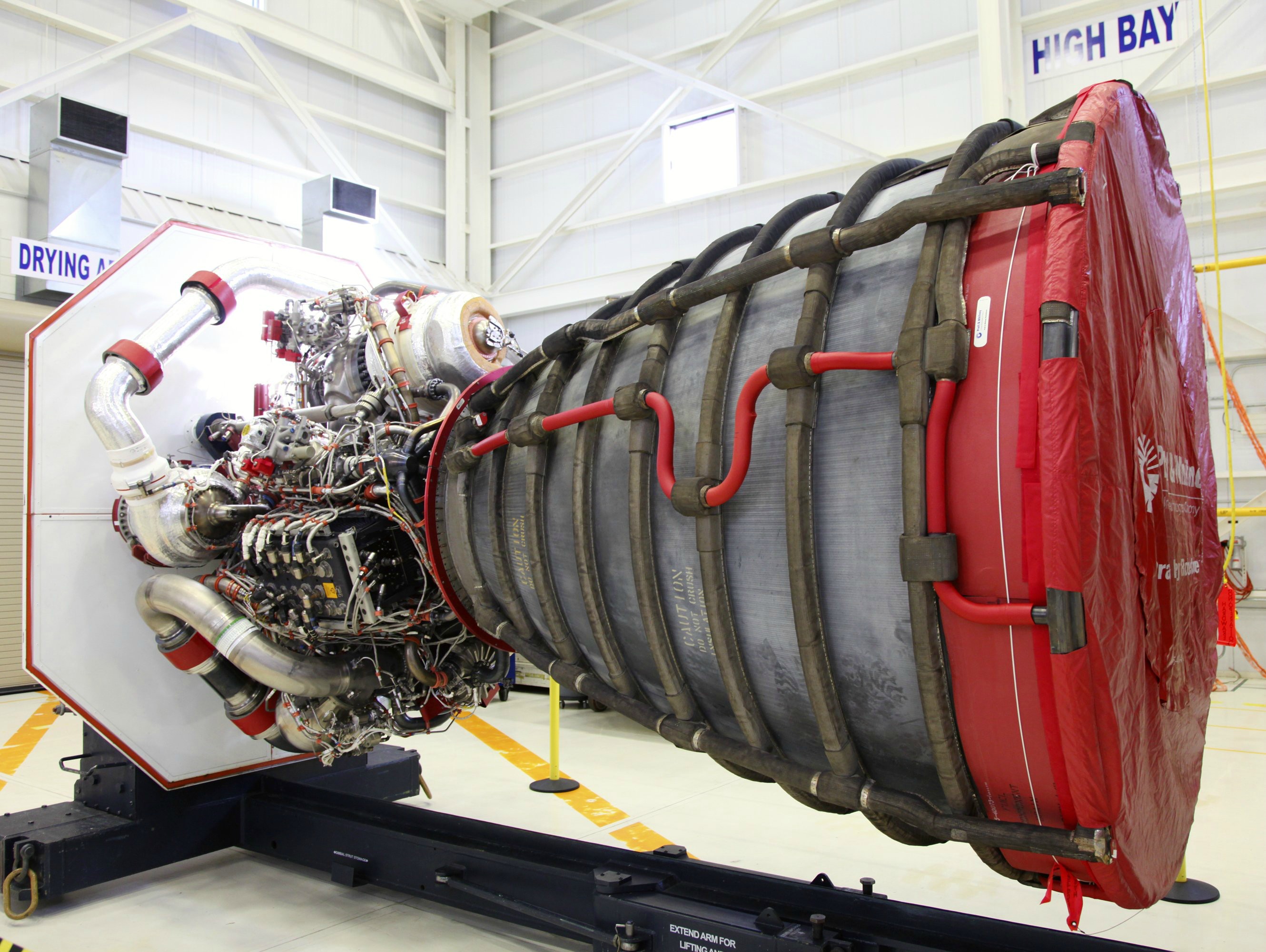Academic question; in the vacuum of space, how does thrust work? I mean, there is nothing to thrust against.
http://teachertech.rice.edu/Participants/louviere/Newton/law3.html
Academic question; in the vacuum of space, how does thrust work? I mean, there is nothing to thrust against.
Well, yes. The link asserts that thrust is developed against a solid object. But in space there is nothing to thrust against. So, any thrust at all must be inherent upon point of launch? A space craft's velocity is dependent upon the energy developed at launch - only? Notwithstanding slingshot effects of the sun and planets?
I have seen this before...lmaoIf you want to experience action-reaction first hand, stand in a 100 pound john boat floating loose in the lake and try to broad jump 5 feet to the dock. The boat, being lighter than you, will go flying backwards in reaction to your action of trying to jump forward.
A rocket engine burns fuel and oxidizer and blasts it to the rear. By Newton's second law, the action of blowing the exhaust out produces an equal force reaction in the opposite direction: forward. A rocket actually works better in space because there is no friction from the air to resist the rocket motion.
If you want to experience action-reaction first hand, stand in a 100 pound john boat floating loose in the lake and try to broad jump 5 feet to the dock. The boat, being lighter than you, will go flying backwards in reaction to your action of trying to jump forward.
If there is only vacuum to push against, how can an object move? Are you saying that the spent propellant creates an object to thrust against?
It is the second paragraph that seems to contradict the 1st one. The boat will go flying backwards, and the jumper will not go forward. The jumper is thrusting against something with very little resistance, so he can't launch forward, and falls into the water.
I hate to appear daft. I am of course, embarrassed.
If there is only vacuum to push against, how can an object move? Are you saying that the spent propellant creates an object to thrust against?

Enter your email address to join: